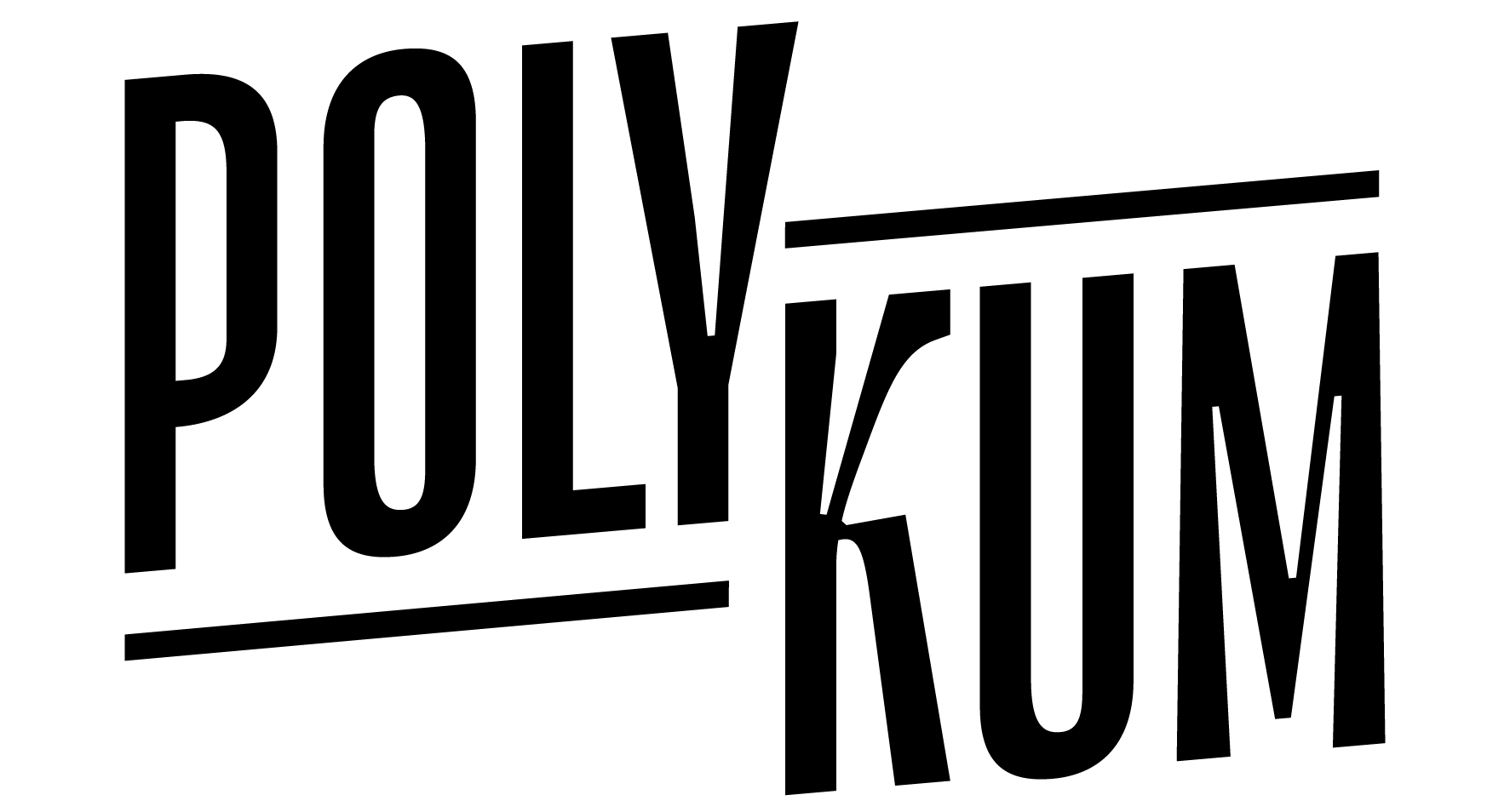Despite being a storytelling medium empowering artist to delve into fictional worlds, animation is still heavily inspired by reality. Artists across the ages have reflected the political, sociocultural and economic landscapes of their times, and animators are no different. Preserving and viewing art with a critical eye gives us a peek into humanity’s past and current circumstances.
Propaganda and Donald
One topic I will discuss here is how animators handle villains in their stories. In western stories, conflict, which requires some sort of antagonist, forms an integral part of a tale’s setup. However, the choice of what or who is considered a villain can be an ugly story.
A series of infamous, forgotten pro-war propaganda cartoons produced in the 1940s by the Disney company featured famous animated character Donald Duck getting drafted into the American military with scenes directly depicting and mocking Adolf Hitler. While not being aimed at children, it is still extremely hypocritical, for reasons that may surprise you:
Visual designs for animated villains still contain antisemitic stereotypes reminiscent of Nazi propaganda and historical stereotypes. I’m not talking about cartoons from WWII.
Villains packed in cultural Stereotypes
I’ll name some iconic examples you can google: Mother Gothel in “Tangled” (2010), Jafar in “Aladdin” (1992), the witch in “Brave” (2012), the Evil Queen in “Snow White” (1937), the evil stepmother and sisters from “Cinderella” (as recent as 2007), Captain Hook in “Peter Pan” (1953). What are these antisemitic stereotypes that these depict? Jews have historically been depicted as constantly complaining, dark curly haired, wart-covered, large hooked nosed, evil, greedy villains of societal hardships, who have ties to witchcraft, kidnapping or a manipulative hunger for economic, political and psychological domination. From their visual design to the roles played in their stories, villains like these are still sending antisemitic messages by tying stereotypes of minorities to evil and villainy. The heroes, in contrast, are often blonde/brunette, white, free of blemishes, with more realistic facial proportions, and depicted as generous paragons of good protecting others from said villains. A point can also be made for queer-coded villains like the manipulative shapeshifting witch Ursula (“The Little Mermaid”, 1989) being based on drag queens. Tying moral values to appearances doesn’t just exist as a discriminatory idea, it’s scarily direct in art such as animations that shape entire generations’ childhoods, produced by companies now worth hundreds of billions of dollars.
A Different Kind of Evil
Post 2010’s Disney movies have shifted towards depicting families at the center of their stories. Now lacking a personified villain, the antagonistic forces are rather psychological hardships, interpersonal conflicts and generational trauma in ethnically diverse settings. This change could be an indicator of modern audiences’ demand for more personal stories, showing humanity’s growing mental health awareness. It also means minorities are gaining recognition for their art and in art. It’s a trend that we as critical-eyed art consumers should support and praise. From more diverse boardrooms and art studios have emerged more human, empathetic, touching and impactful pieces of art, shaping a future that includes everyone.
